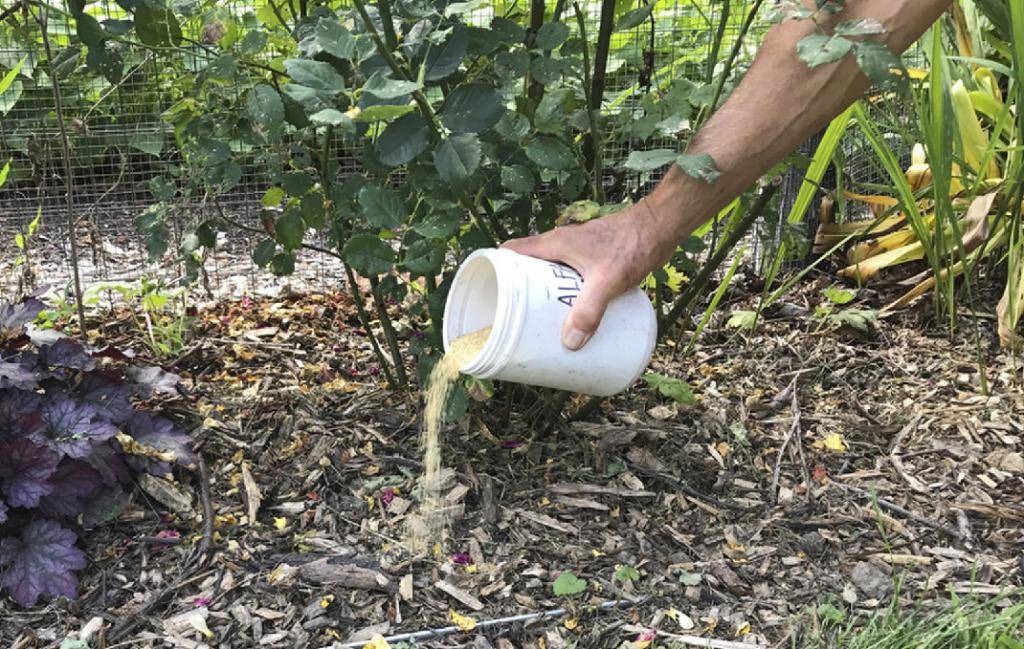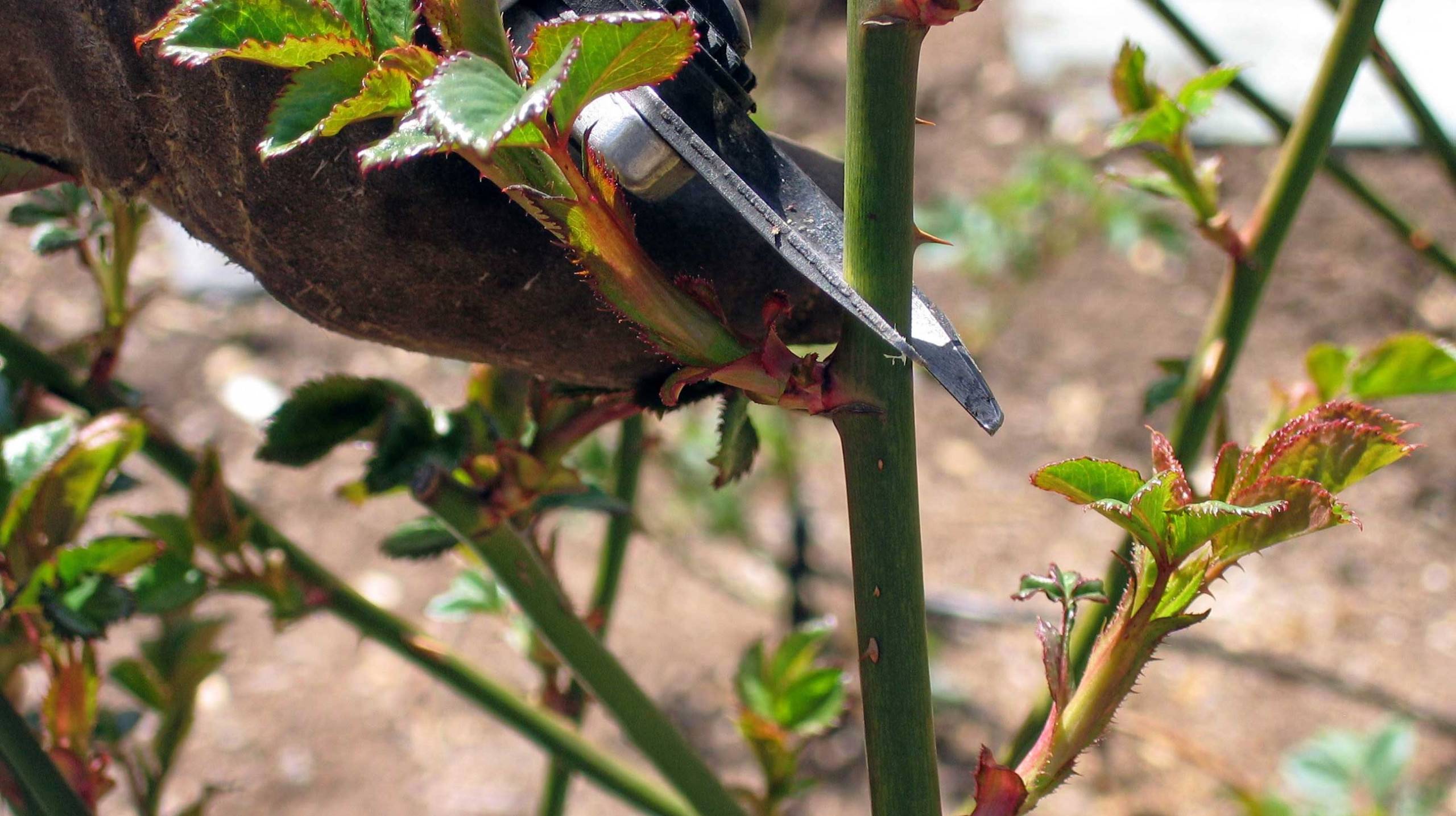Rose Sweetness - description of a varietal bush
Content:
The rose is rightfully considered the main decoration of the garden. Breeders are constantly developing new species, improving characteristics and appearance. This is how the rose hybrid was created - Svitnes. It quickly became popular among gardeners, it is often used not only in the decoration of a summer cottage, but also to create festive bouquets.
Rose Sweetness (Sweetness) - a short description of the variety, history of creation
In translation, the name of the variety translates as "sweetness", and this is no accident - the buds really look like confectionery decorations. This hybrid was bred by crossing tea and park roses. It appeared in the 19th century thanks to the efforts of the German breeder Hans Ewers.
Sweetness is bicolor, so its buds have two shades at the same time. The main color of the petals is light pink, and the border is highlighted with a cherry tint. The buds are glass-shaped and grow up to 8 cm in diameter.
The bush has a lush shape, the leaves on it are small, with a matte surface. There are very few or no thorns on the stems. Sweetness rose belongs to the re-flowering varieties, therefore, its flowering begins in June and can continue until autumn.
The hybrid was liked by gardeners for the following benefits:
- bright and unusual appearance;
- long flowering period;
- high frost resistance;
- unpretentious care.
However, it also has some disadvantages:
- susceptible to fungal diseases;
- difficult to tolerate lack of lighting;
- feels bad with constant precipitation.
Sweetness cut roses can stand in a vase for at least 10 days, so they are often used to create bouquets.
To decorate the garden plot, Sweetness is most often grown in small groups of 6-8 bushes. The hybrid does not combine well with other roses, but combines well with bells or delphiniums.
Growing and planting rules in open ground
The appearance of an adult plant will depend on how correctly the seedlings are planted. Since Sweetness belongs to hybrids, it can only be grown in the garden by planting seedlings.
In order for the rose to feel comfortable, it is necessary to plant in May, when the soil has already warmed up enough. When choosing a place for a new bush, it is important to pay attention to the quality of the soil. It is best if it is loose loam. The landing site should be level, but a slight slope is allowed. There should be no drafts and lack of lighting, as this can affect the further growth of the flower.
For planting a seedling, a hole of 40x40x40 cm is prepared. The distance between the bushes must be at least 30 cm. The choice of planting material must be approached responsibly. He must be healthy and strong, and the root system is sufficiently developed.
Planting a rose is not difficult if carried out in the correct sequence:
- The seedlings are soaked in water, and the roots in a mixture of water and clay.
- The hole is filled with humus.
- The seedling is placed in the hole so that the grafting site is at a depth of no more than 6 cm.
- After that, the hole is filled with earth and a hill is formed around the seedling.
- The plant is watered with warm water.
The flower is then properly cared for for several weeks.
Plant care
Although the Sweetness rose is unpretentious, it needs to be provided with minimal care in order for it to grow actively.
Watering and humidity
Moistening the soil must be done by irrigation. The flower needs regular, but not too abundant watering. The procedure should be followed as the soil dries. As a rule, moistening is done every 7 days in summer and every 14 days in spring or autumn.
Top dressing and soil quality
During the entire growing season, the rose must be fertilized four times:
- At the beginning of spring, nitrogen urea is introduced under the bush.
- In early May, the bush is fed with a potassium phosphate solution.
- At the end of spring, the rose is given organic fertilizers. Manure works best.
- In the middle of summer, the procedure is repeated.
It is very important not to overdo it with fertilizers, as the bush can begin to grow actively and will not bloom.
Planting requires nutritious soil. One should be water and breathable, slightly acidic and loose.
Pruning and replanting
Sweetness hybrid tea rose is pruned several times throughout the year. In the spring this is done to form the appearance of the shrub, in the summer, diseased and dried stems are removed, and in the fall they prepare the bush for wintering - they remove overgrown, weak and old branches.
The rose should be transplanted only when absolutely necessary. It is taken out of the hole along with a lump of earth and moved to a new place. If everything is done correctly, then the plant quickly adapts to the changed conditions.
Features of wintering a flower
After the flower has been cut, it is covered with protective material or spruce branches, and the base of the bush is sprinkled with peat or sawdust. It is important to do this in a timely manner. Early hiding can contribute to root decay.
Bloom
Sweetness begins to bloom actively in June. But even at the beginning of autumn, she can delight with her bright buds. During the flowering period, the rose does not need special care. It is enough to remove wilted buds in a timely manner to stimulate the growth of new ones.
In some cases, the rose may not bloom. Most often this is due to improper care, diseases or pests. It is necessary to find and eliminate the cause of this as soon as possible.
Flower propagation
The Sweetness hybrid is propagated by grafting. This is best done in the spring, as the plant will have enough time before the onset of cold weather to take root and adapt in the open field.
Vaccination is performed sequentially. First, the root is kept in water for a short time, then in a solution of manure or clay. After that, the seedling is placed in the prepared hole. The plant is watered and the seedling is constantly looked after. The ground should not dry out or be too wet.
Diseases and pests
Rose Sweetness is immune to most diseases. But improper care and excessive moisture can lead to fungal infections:
- gray rot;
- powdery mildew;
- rust.
If you notice the disease in time, then it is quite easy to cope with it. It is necessary to treat the plant with one of the fungicide options.
In addition to fungal diseases, Sweetness can be affected by pests. The most common ones are:
- leaf roll;
- spider mite;
- nematode;
- caterpillars.
To get rid of them, the surfaces of the bush must be washed with soapy water and treated with insecticides.
Rose Sweetness is one of the most striking ornamental plants. She is unpretentious and easy to care for, and her beautiful flowers will become a real decoration of the site.




















